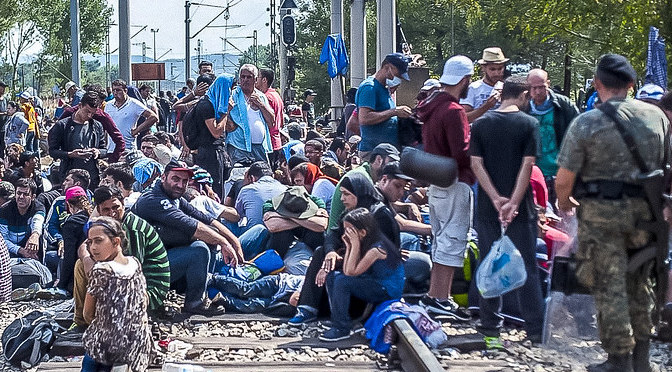While the international community generally considers mass migrant population flows across nation-states a primarily humanitarian crisis, Aaron Petty argues that it is often an intentional tool of aggression used by nation-states. The weaponization of migrants is the instrumentalization of population flows through both the threat and the actual migration of people into the territory of… Continue reading Migrants as a Weapons System
Tag: European Convention of Human Rights
10 Standards for Oversight & Transparency of National Intelligence Services
Authors Sarah Eskens, Ott van Daalen, and Nico van Eijk present a set of 10 standards for oversight and transparency for surveillance by intelligence services. The authors approach these recommendations from the viewpoint of the European Convention on Human Rights and the Charter of Fundamental Rights of the European Union, and illustrate their implementation using cases… Continue reading 10 Standards for Oversight & Transparency of National Intelligence Services
State Responsibility to Respect, Protect, & Fulfill Human Rights Obligations in Cyberspace
In this article, Gabor Rona and Lauren Aarons explore how international human rights law applies to cyberspace. They address the substantive obligations of the state responsibility to respect, ensure, and promote human rights in cyberspace, including protecting against third party abuse and providing remedies for violations. Finally, the authors outline the limitations of and permissible… Continue reading State Responsibility to Respect, Protect, & Fulfill Human Rights Obligations in Cyberspace



